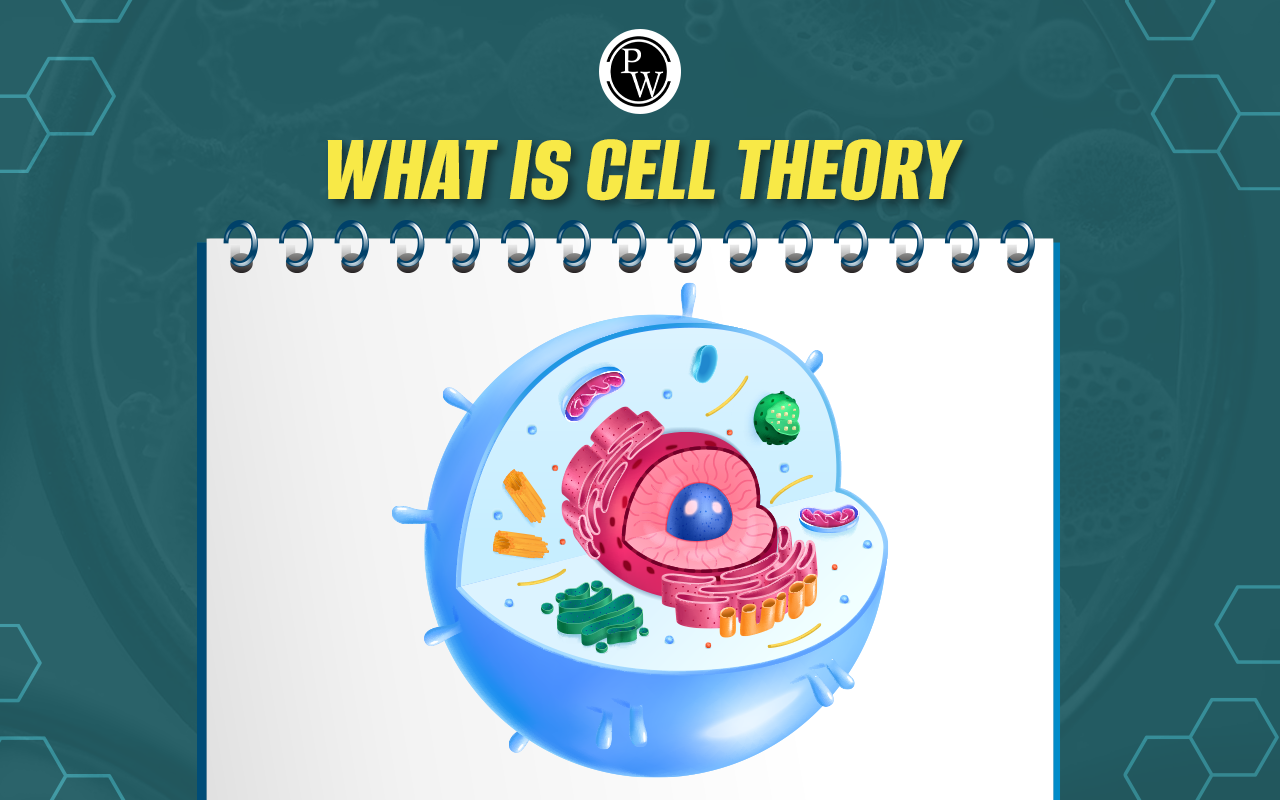
Tricks to Memorize the Animal Kingdom for NEET: Animal Kingdom is one of the most important chapters in Class 11 Biology and carries a 13% weightage in the NEET exam. This topic forms the basis of Zoology and introduces students to the classification of animals based on their characteristics. However, due to the vast number of animal phyla and their complex features, students often find it difficult to memorize everything effectively.
Tricks to Memorize the Animal Kingdom for NEET Overview
The Animal Kingdom chapter teaches us how scientists sort animals into groups based on simple to complex body features. Each group, called a phylum, has special traits like type of body covering, presence of a body cavity (coelom), or type of body symmetry. Learning this chapter builds a strong base for understanding animal biology in higher classes.
What makes this chapter important is that it connects many other chapters in NEET Zoology. If you understand it well, it becomes easier to learn about animal tissues, digestion, breathing, and reproduction in animals.
Also, because this chapter has many examples, NEET exam often asks direct questions from it. Knowing phylum features and examples can help you score full marks in this section with very little time in the exam.
To make this easier, tricks like mnemonics, funny lines, and tables help students learn faster and remember longer without confusion. These methods make revision quicker and more fun, even if the topic feels lengthy at first.
Download Last 5 Years NEET Previous Year Question Papers PDF
Free NEET PYQ PDF
Some Interesting Tricks to Memorize the Animal Kingdom for NEET
Learning all the phyla and their features can feel difficult at first. But don’t worry! With these simple tricks and fun memory lines, you can remember them quickly and easily. These tricks are made to help your brain connect facts with images, words, or patterns. Using these methods, you’ll find that memorizing the Animal Kingdom becomes much easier.
Mnemonic to Remember the Phyla in Order
Using a mnemonic can make remembering the order of the phyla much easier. Here's a fun and simple one:
Mnemonic:
“Papa Can’t Cook Proper Noodles And Always Makes Everyone Hungry Constantly.”
-
Papa – Porifera
-
Can’t – Cnidaria
-
Cook – Ctenophora
-
Proper – Platyhelminthes
-
Noodles – Nematoda
-
And – Annelida
-
Always – Arthropoda
-
Makes – Mollusca
-
Everyone – Echinodermata
-
Hungry – Hemichordata
-
Constantly – Chordata
You can easily memorize the names in order by repeating the mnemonic.
Link Phylum Names with Everyday Words
To make the names more memorable, link them to familiar words or concepts that relate to the phylum's features. This technique helps create stronger associations in your mind:
|
Phylum |
Memory Link |
|
Porifera |
“Sponge-like” – Think of a sponge that filters water |
|
Cnidaria |
“Stinging” – Jellyfish that sting |
|
Ctenophora |
“Comb-like” – Comb plates on a jellyfish |
|
Platyhelminthes |
“Flat like a plate” – Flatworms |
These associations help make the names stick by connecting them to familiar ideas.
Create a Visual Story or Cartoon
Picture a mental cartoon that describes each phylum in a fun way. Visuals help your brain remember better because they make the information more engaging:
-
Porifera: Imagine a sponge that talks about how it filters water.
-
Arthropoda: Picture an army of insects, each wearing tiny boots and marching in a line.
-
Mollusca: Think of a snail decorating its shell like a tiny house.
These silly, memorable images make studying less stressful and more enjoyable.
Use Flashcards with Key Features
Make flashcards for each phylum with the key features and examples. Flashcards are great for quick revision:
-
Phylum Name (e.g., Arthropoda)
-
Key feature: “Exoskeleton, segmented body”
-
Example: “Insects, Spiders, Crabs”
-
Fun fact: “Largest animal phylum”
This format will help you recall the phylum name along with its key characteristics quickly.
Group Similar Phyla Together
Instead of memorizing each phylum on its own, group them based on shared traits. This helps in categorizing and makes learning easier:
-
Non-chordates: Porifera, Cnidaria, Ctenophora, Platyhelminthes, Nematoda, Annelida, Arthropoda, Mollusca, Echinodermata, Hemichordata
-
Chordates: Chordata
This way, you understand the broad distinctions between phyla and can group similar animals together in your memory.
Use Color-Coding for Easy Identification
Highlight or color-code your notes or diagrams. Using colors will help in identifying and remembering the characteristics of different phyla more effectively:
-
Red for phyla with radial symmetry (e.g., Cnidaria, Echinodermata)
-
Blue for bilateral symmetry (e.g., Arthropoda, Mollusca)
-
Green for coelomates (e.g., Chordata)
-
Yellow for segmented bodies (e.g., Annelida, Arthropoda)
This color-coded approach helps your brain easily separate different phyla and their features when reviewing.
Practice with Diagrams
Drawing simple diagrams of animals from each phylum helps reinforce the differences and characteristics of each group. Include basic labels for key features:
-
Porifera: Draw a sponge with pores all over its body.
-
Arthropoda: Draw an insect with its segmented body and exoskeleton.
-
Chordata: Draw a simple fish or a human to highlight the presence of a notochord.
-
Diagrams are powerful tools for visual learners and make the concepts easier to grasp and remember.
These tricks will make learning about the Animal Kingdom fun and manageable. The more creative you get with your tricks, the easier it will be to recall details during your NEET exam.
Prepare for NEET with PW Online NEET Coaching! Our courses offer structured lessons, clear explanations of concepts, and interactive classes to support your NEET preparation effectively
Tricks to Memorize the Animal Kingdom for NEET FAQs
How to remember the classification of animal kingdoms?
Is animal kingdom important for NEET?
Should I group phyla to study better?
How many questions are expected from Animal Kingdom in NEET?










